Stephen Symchych
7 comments By Stephen Symchych
It would be helpful to have a discussion of what is meant by "period bows", especially since that is the headline of the article.
Are we talking about baroque sticks, or just restricting our choices to anything pre-Sartory? Tchaikovsky's musicians would have had access to Tourte, Kittel, Pajeot, and many other fine options.It would be interesting to know more about sight-reading's use in auditions. There was a time when it was absolutely standard-- supposedly, Joseph Silverstein knew so much of the literature that this became a re-audition for the BSO librarian who had to find something that he hadn't seen before.
There is a charming story in William Primrose's memoir. A diligent but mediocre student refused to withdraw from studies, so they spent two years boning up on all the trickiest bits that committees were then throwing at violists. The conductor who hired him called later, saying that the young graduate wasn't the very best violist anyone had heard, "but his sight-reading was AMAZING."
Before the War, one of the London orchestras sometimes plopped a hard page from Gotterdammerung or Walkure on the stand-- it was apparently quite enlightening to see how little Covent Garden players could manage even after having participated in acclaimed performances under Furtwangler and Reiner.If Tubbs made for Paganini, he would have been quite the prodigy. Paganini died, and presumably stopped buying bows, jn 1840, when Tubbs was only 5 years of age.
Did you explore recordings of 19c players (pianists, and violinists for a few)? Quite a lot of people who knew Brahms and Liszt left interpretations behind of classic repertoire.
I was wondering about that. Unless it is one of those "scuola di Fettucine" efforts with good sound but no label or provenance.
Pitch on the afterlength is curious. Everyone recommends getting the D correct, but there are brands of string that seem to be calibrated to getting comparable tones from the others. Especially true for all-gut, but other types often seem to be able to produce D-A-E-F# from the bottom. A lesson not to mix brands? There are probably more important things to get correct, but this is not something to be refused.
Also, if you’re close to those pitches when otherwise set up correctly, you can take a razor or sharp knife to shave the silk threads off a string. That will raise the pitch of the afterlength when plucked.Yes, three variables in one equation-- makes it hard to solve.
FWIW, I thought the second cellist's bow made the most of the instrument's sound. But doubtless this will change over time as the adjustment settles, strings are chosen, etc.

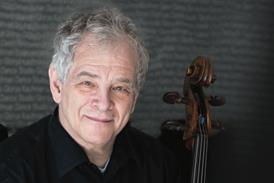


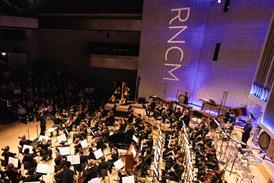

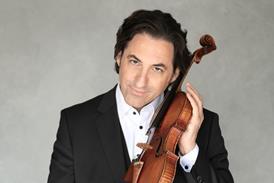
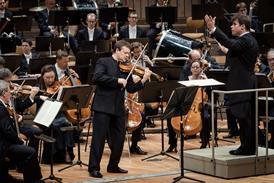


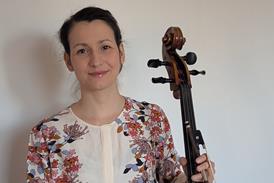
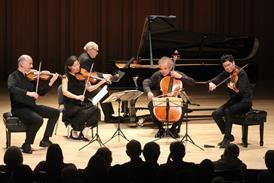
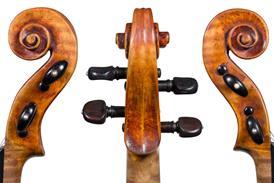
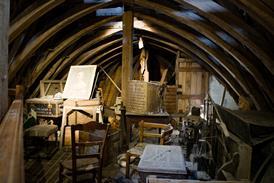
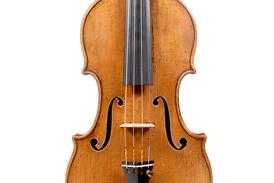



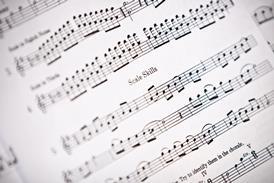
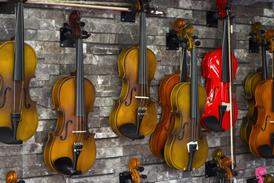
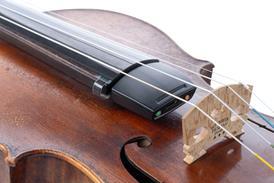
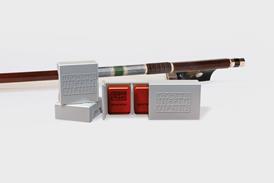
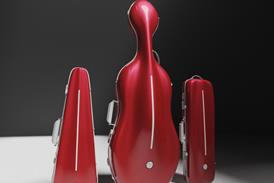












Commented on: 2 March 2025
Why we play Tchaikovsky on gut strings and period bows: Dudok Quartet Amsterdam